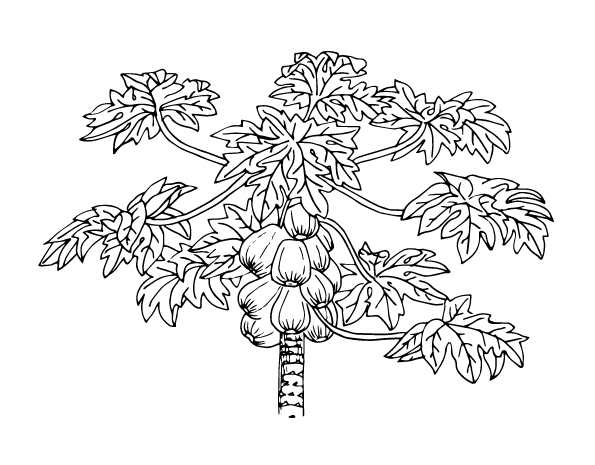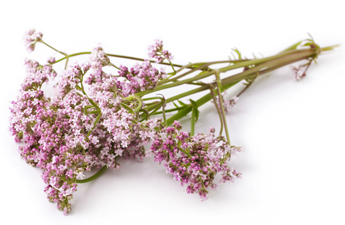Botanical name: Carica papaya
Other names: Papaya
Paw paw leaf has many beneficial medicinal properties. Studies have demonstrated that it may have anti-cancer (due to the enzyme papain, found exclusively in paw paw leaves), anti-oxidative, anti-inflammatory and anti-bacterial actions. Paw Paw (papaya) leaf contains beta-carotene, calcium, carpaine, fats, flavonols, niacin, papain, tannins, and vitamin C.
Paw paw leaf tea can be taken to detoxify the intestines and expel parasites, as the tannins in the leaves help to protect the intestine from re-infestation. Papaya tea is a great for improving digestion, the enzymes present breaking down tough proteins into amino acids. Paw paw leaf has been used for centuries in traditional medicine. The leaves were eaten and used as a heart tonic and to reduce inflammation and pain due to their analgesic properties. Research has also found beneficial effects of paw paw leaf in treating patients with dengue viral infections.
Papaya/Pawpaw originated from tropical American countries, but today is cultivated in most tropical countries around the world. The plant with the Latin name carica papaya is called ‘Paw Paw’ in Australia and New Zealand, but is in no way related to the Paw Paw in North America that has the Latin name asimina triloba, though both are medicinal plants.
Papaya contains Papain which is an enzyme similar to Pepsin which is produced by the stomach. Papaya has one of the highest enzyme contents of any herb worldwide.
Eating about 4 seeds dry or straight from the plant with each meal helps people with digestive problems. They can also be dried and ground as a spice.
Papaya is said to stimulate the bowels in times of constipation and is also believed that it may be useful in treating inflammatory bowel disorders.
In many areas of the world, Papaya is used as a vermifuge, anthelmintic and amoebicide that eliminates worms and other parasites, and it is thought that the papain content may digest the invaders, and Papaya’s latex also may work as a dewormer by its purgative actions, increasing the movement of intestinal contents.
Preparation: 1-2 tsp/cup, steep 10 minutes.
Reference: http://www.freehealthcures.com/pawpaw.htm, http://thehappyherbshop.3dcartstores.com/Paw-Paw-Leaves_p_367.html, Ranasinghe, P et al.,( 2012) ‘In vitro erythrocyte membrane stabilization properties of Carica papaya L. leaf extracts’, Pharmacognosy Research, 4, 4, pp. 196-202, Academic Search Complete, EBSCOhost

Paw Paw Leaf Common Uses
Paw Paw Leaf Actions
Paw Paw Leaf Recipes
Paw Paw Leaf Precautions
Do not use with Coenzyme Q10 or thyroid stimulators. Seek advice from a healthcare professional if suffering from any serious illness.
Buy Paw Paw Leaf online from the Happy Herb Co
![]()
Australia’s biggest range
![]()
25 years of customer satisfaction
![]()
Fast International delivery
![]()
100% secure online ordering


 Nextwave
Nextwave
